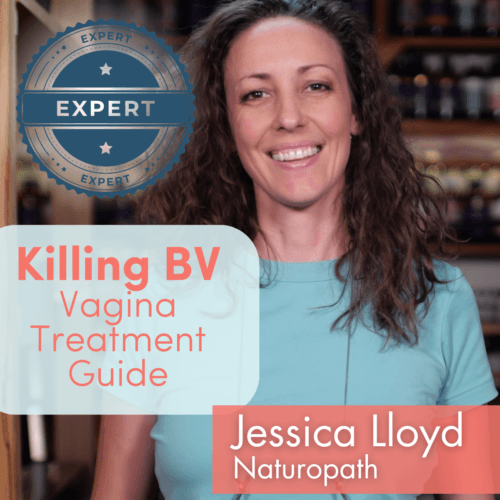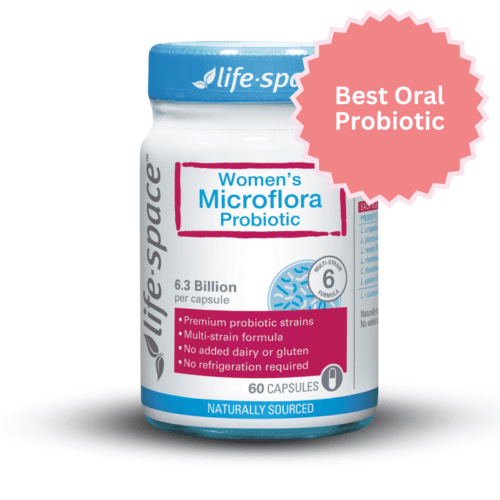Staphylococcus aureus biofilms have been found on tampons and other menstrual products, after the bacteria was found in the vaginal tract of between 10 and 20 per cent of women.
One study1 looked at 44 specimens from 18 women, with S. aureus cells found in all 44 specimens and S. aureus biofilms found in 37 specimens.
What this tells us is that in the short time a tampon is in the vagina, bacteria can create biofilms. S. aureus is known to transiently colonise the nose, armpit, vagina, vulva, anus, pharynx, and damaged skin surfaces in between 30 and 50 per cent of all healthy adults.
The bacteria gained traction in the 70s and 80s, and is blamed for causing toxic-shock syndrome (TSS). S. aureus proliferation in the vagina is reportedly higher during the menstrual period, possibly due to higher levels of iron, a more alkaline pH, and other changes in oxygen, carbon dioxide, and other elements.
The way an organism grows (planktonic or surface-attached biofilm clusters) affects many other bacterial behaviours, including the effectiveness of other bacterial weapons.
Current bacterial analysis of the vaginal microflora has focused only on those bacteria that are grown in general conditions, and doesn’t pick up on nonculturable and stressed bacteria.
Better methods of detection would improve this, culture independent (for example FISH or PCR methods). The study performed on the tampons used FISH methods.
This particular study revealed S. aureus in all 44 tampon and vaginal wash specimens, including those who were culture negative. This means just doing a culture isn’t enough to find S. aureus in all its forms in the vaginal tract.
Visible, but not culturable (VBNC), is a term used increasingly in the literature to describe the bacteria that exist, but won’t grow on traditional culture mediums. Studies have found E. coli, enterococcus faecalis, Salmonella typhimurium and Yersinia enterocolitica in the VBNC state 56 days after in situ exposure to a polar marine environment, and Vibrio cholerae was able to transform into the VBNC state for a year.
This information is important for vaginal studies, with many women stuck with ongoing infections that appear to not exist with traditional cultures.
Additionally, the presence of other bacteria and microbes interferes with the bacteria we are trying to grow, as part of their normal chain of command, which can also inhibit their growth and culturability.
References
- 1.Veeh RH, Shirtliff ME, Petik JR, et al. Detection ofStaphylococcus aureusBiofilm on Tampons and Menses Components. J INFECT DIS. Published online August 15, 2003:519-530. doi:10.1086/377001
The most comprehensive vaginal microbiome test you can take at home, brought to you by world-leading vaginal microbiome scientists at Juno Bio.
Unique, comprehensive BV, AV and 'mystery bad vag' treatment guide, one-of-a-kind system, with effective, innovative treatments.
Promote and support a protective vaginal microbiome with tailored probiotic species.





